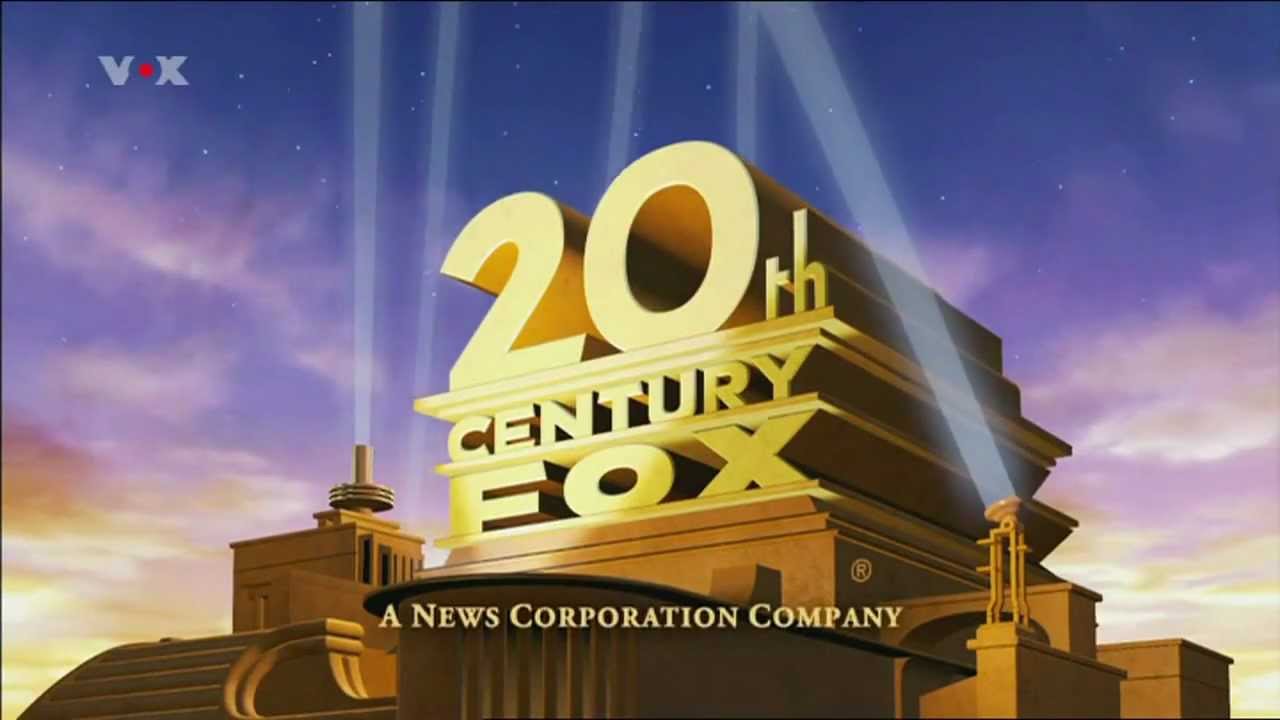
You have a message you want to get out. That's great. However, you have a lot of competition for the attention of your audience. Direct mail, TV and radio advertising, newspaper and periodical advertising and of course, internet advertising. And we have not even started talking about social media (for example, Twitter and Facebook). All of this competition for the attention of your audience could be bad news. The good news is that you have so many channels, or tools, to get your message out. With a little knowledge and some well-planned strategy your business can be one of the few that get the right message to the right audience at the right time. Here are three tools to make sure that your message stands out.
If you wanted to pound a nail into a wall, you would not use a pair of pliers. Likewise, if you wanted to tighten a faucet, you would not use a hammer. In other words, you need the right tool for the right job. That means you need to know two critical pieces of information: 1) what is your desired outcome and 2) what is the best tool to get you there. This is true in any endeavor, be it carpentry, plumbing or communicating. Here, of course, we are talking about communication, which is a good thing because I know nothing about either carpentry or plumbing.
On the other hand, I do know about communicating a message. Effective marketing and communications require you to start with the end in mind. What is it you want to accomplish? Ask yourself, at the end of this, what do I want to have happen? Without this critical piece of knowledge, you can never strategically get where you want to go. You could end up there accidentally, but it would take you a lot more time and a lot more money. In this economy, very few of us have extra time or money. I know I sure as heck don't.
So what is the goal of your marketing campaign? Obtain more leads for your sales staff? Drive visitors to your website? Get people into a local restaurant? Have people buy their next car from your dealership? Create a robust online community? Whatever the answer is, you need a clear picture of your desired outcome before you can strategize how to get there. You then need accurate information in the form of accurate data and business intelligence so you will know what is relevant to your audience. Finally, your offer has to be one that allows a win for you and your audience.
SO LET'S TAKE A LOOK INSIDE OUR STRATEGIC TOOLBOX:
We will look at each of these in more detail in this week's three part series Three Tools to Build an Outstanding Communication Strategy. So make sure you check back, or even better, subscribe to the feed. Don't miss out on a tool you could use to build your business.
TOOL ONE: KNOW YOUR DESIRED OUTCOME BEFORE YOU START!
Good communication is never random. Never left to chance. There is a strategy behind the best, most effective communication campaigns. To come up with an effective strategy, you have to start at the end. That's right, start at the end. By that, I mean you must determine what you are looking to accomplish with the campaign. There are some examples in earlier sections (I assume you have read the earlier parts of the series. If not, shame on you! But because I am a nice guy, here is a link).
Quite simply, you cannot start any journey without knowing the destination. Lewis Carroll summed it up nicely when he said, "If you don't know where you are going, any road will get you there." Even Plato understood this, stating in The Republic that "[t]he beginning is the most important part of the work." A clear outcome is where you start your work.
What is the difference between a wish and a clearly defined outcome?
A clear outcome is well defined with start dates, end dates and metrics by which you can measure your success. Your outcome should be objective. Instead of "I want more leads," you should be saying, "I want 5% of the recipients of this message to go to the web-landing page and register for our monthly newsletter." In the first example, one new lead would meet your goal. If you are selling nuclear submarines, that might actually be your goal, but most of us are not in the business of selling one-offs. The difference in the second example is that you have a measurable, objective way to determine if your communication strategy is successful.
Once you have your outcome clearly defined, you have to strategize how you can reach that outcome. Let's take the restaurant campaign as our example. You want to reach local customers and increase your customer base and your ability to communicate to your audience. The first thing you need is data. Data can come from many sources, but no matter what, data is king in this information age. You can use a list you have generated on your own or you can buy a list. Either way, it is a first step toward more effective communication.
You can also use a number of methods to reach your audience. Direct mail, email, internet advertising, text messaging, advertising, or combinations of all of them. As we are focusing on data, let's look at a very basic, targeted customer acquisition campaign. First, you need your list. For this example, let's say you have no data of your own so you need to buy a list. There are more companies selling lists out there than there are grains of sand on Cape Cod (hey, I'm a Boston guy; if it makes you feel better, you can say the beaches of Long Island - the point is the same). The key here is to make sure you use a reputable, list broker who keeps their list current and accurate. If your list is out of date, your campaign is doomed from the start.
TOOL TWO: CURRENT, ACCURATE DATA IS KING!
Which strategy do you think will yield better results?
1. I will send out mailers to 100,000 people to get more business.
2. I will mail 10,000 personalized postcards every week for ten weeks. Each card will have a personal URL so that the effectiveness of the message can be improved every week.
OK, that was a stupid question. Obviously, answer number 2 will get you better results. My insane pet dog even got that answer right (then he peed on my rug). Yet despite the fact that answer number one obviously results in a less effective communication strategy, I have seen more companies engage in that type of marketing than I have seen engage in the second method. Sometimes the obvious solution is not the easiest solution.
The ability to accurately measure results is critical to success in communication. Who saw the message? Who opened the email? Who read the post card? Who used the QR Code on their mobile phone? When did they read it? Who went to the web landing page and what did they do there? All of this information is easily ascertainable and it is extremely valuable.
With this list you send out a direct mail piece with a compelling call to action to visit a web landing page. In our restaurant hypothetical, you might offer a coupon for a free appetizer when you visit the web landing page and complete a brief survey and sign up for the restaurant's newsletter. By doing this, your customer is opting into future communications. The survey might ask which pizza topping is the customer's favorite. This accomplishes a number of things. One, you now have a list of warm leads who you know are interested in your product. Two, you know their preferences from the survey. Three, you have their permission to send them subsequent, targeted communications with specials and offers (this includes sending text messages...but SMS texting is the subject of another post). The point is that for the cost of a postcard and appetizer, you now have even more customers and even more accurate data. And as customers come in, you keep track of their orders, likes, dislikes and other relevant patterns. You build a great database.
TOOL 3: MAKE INTERACTIONS WIN-WIN!
Now that our pizza shop owner has all of this data, what can be done with it to help generate revenue? After all, generating revenue is the point here. SO let's continue with our example. With the data collected data, our restaurant owner can send personalized email offers that match not only the customer's needs and desires, but the restaurant's as well. If you know you have a boatload of excess pepperoni, you might offer a free pepperoni topping with the purchase of a large pizza. You can target that message in an email or text message to customers you know buy pepperoni pizza (remember - you have been tracking customer buying patterns).
So now you have a win-win outcome. You, the restaurant owner, sells more pepperoni pizza when you need to, and your customers that love pepperoni get a price break on what they love. It is good for all, and that is marketing at its best. How can you leverage you company's data to create win-win situations for customers and prospects? Do you need to start collecting data? Leave some feedback and share your experiences.
Now, if you will excuse me, I am suddenly hungry for a piece of pizza.
John Rothstein, Esq.,
Legal Compliance and Communications Strategy Consultant
Stay up-to-date with today's strategic customer communication issues and legal compliance marketing news. Follow my updates on Twitter or visit the White Space Blog [http://www.whitespacemessaging.com] for effective marketing tips. Please head over to Compliance Central for all the latest news and compliance tips on Reg Z, The CARD Act and more.
I am an attorney, speaker and self-diagnosed communications fanatic. I am also the President of White Space Marketing, Inc., a strategic marketing communications and legal compliance consulting firm just outside Boston, Massachusetts. White Space Marketing focuses on building our client's business through strategic implementation of communication strategies and using legal compliance issues to our advantage in the creation and production of integrated communication materials. Being a lawyer, a lifelong learner, a former commercial printer and co

- Regardless of obtaining a number of globe course enterprise services, accommodations, and many of the issues that supports a way of life of greatest

- IT certifications are very important and getting a certification can be a source of your success. Buy NCSR-Level-1 study material from3

- Offshore company formation is gaining increasing popularity among business owners. This is due to the many advantages that offshore company formation

- Biopreservation Market was valued at US$ 5 billion in 2020 and is expected to grow at a CAGR of 14% over the forecast period (2021-2027).